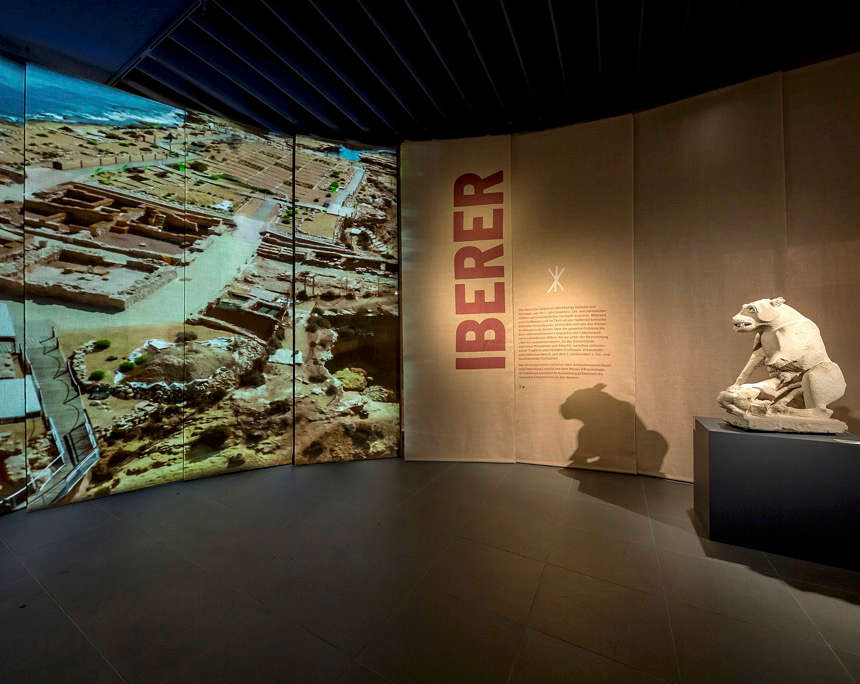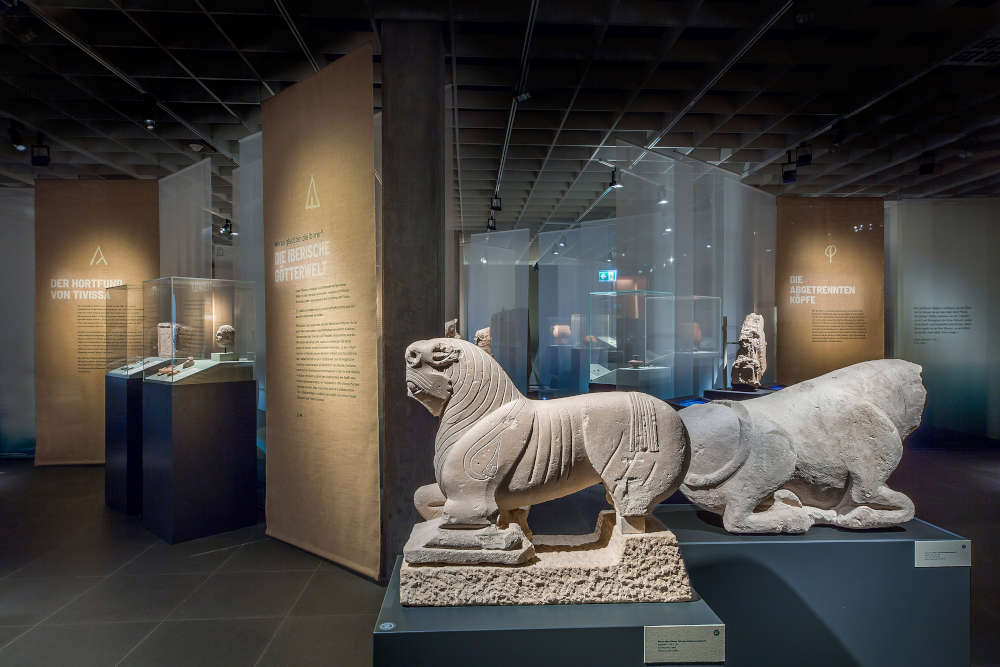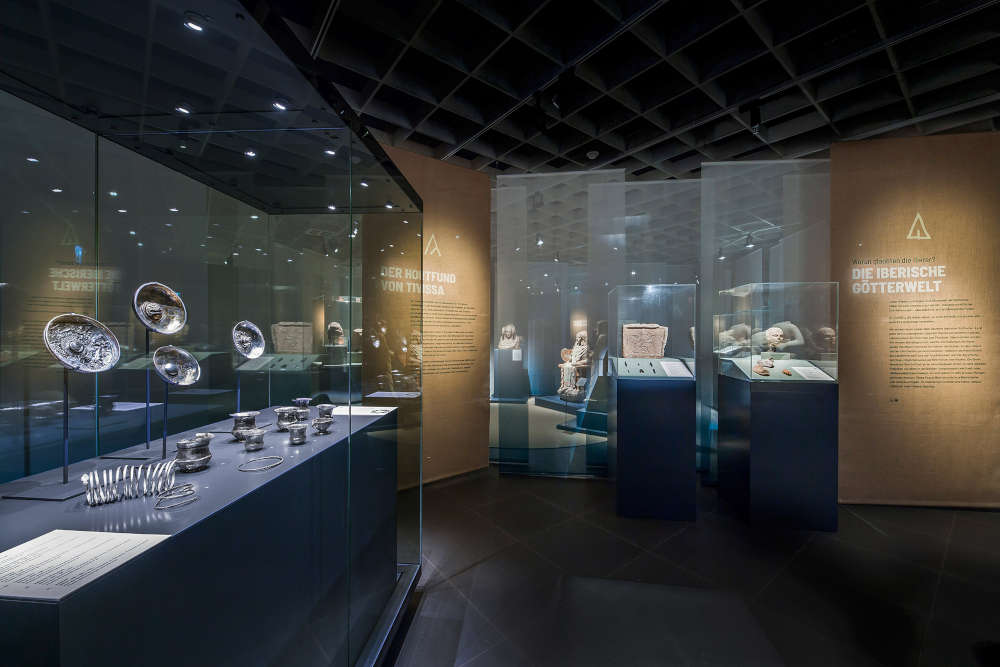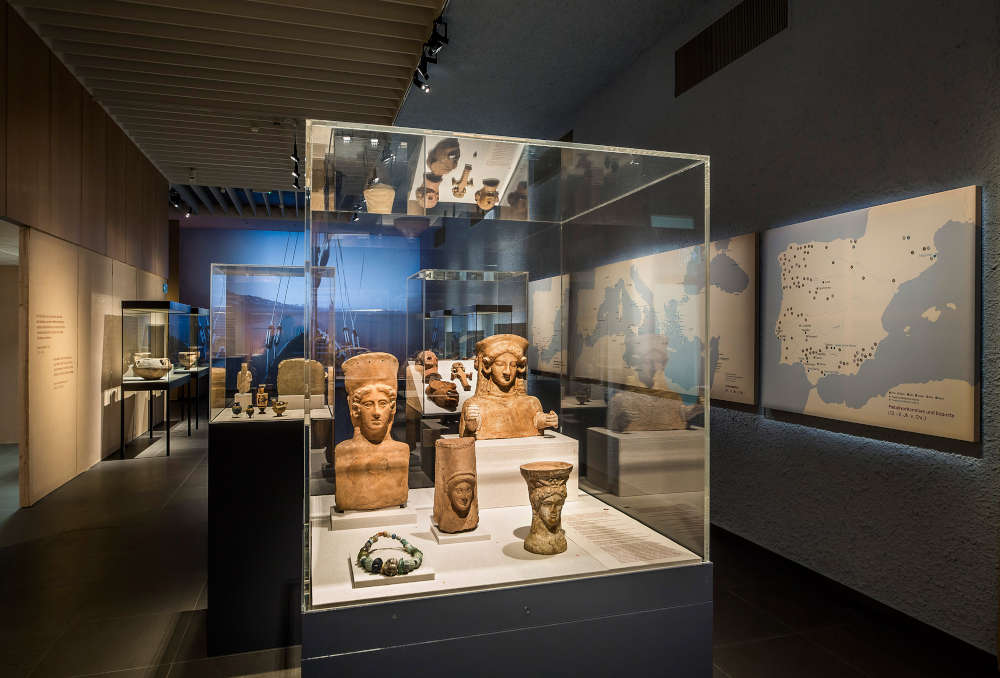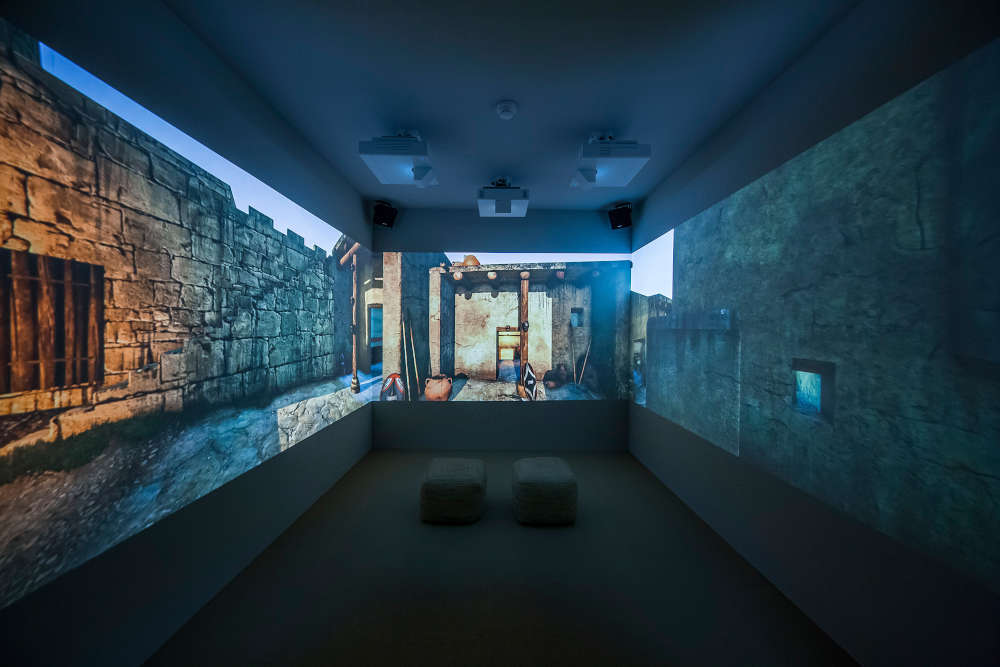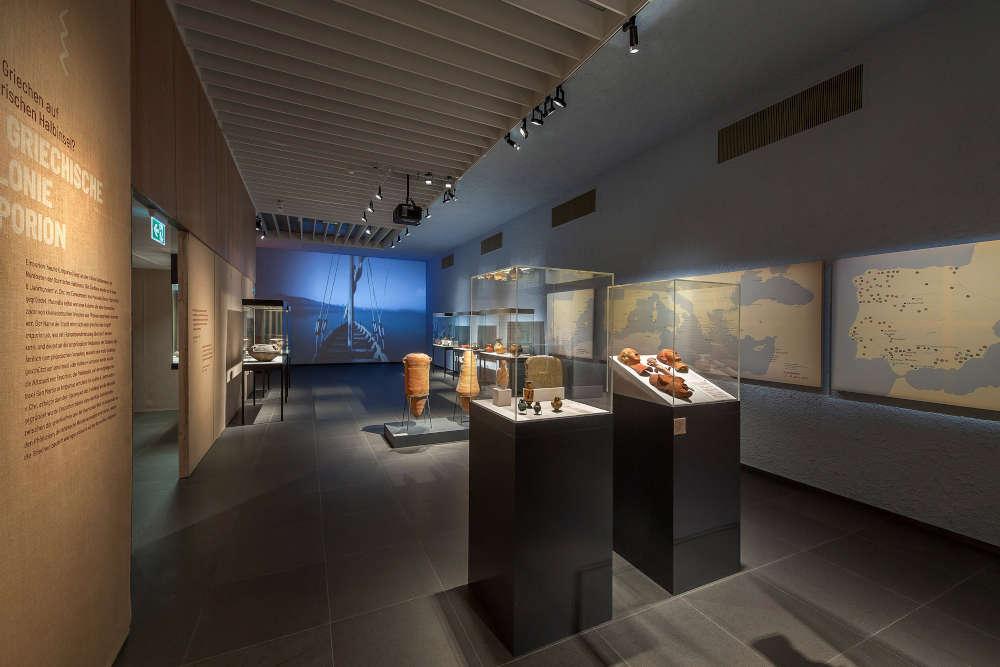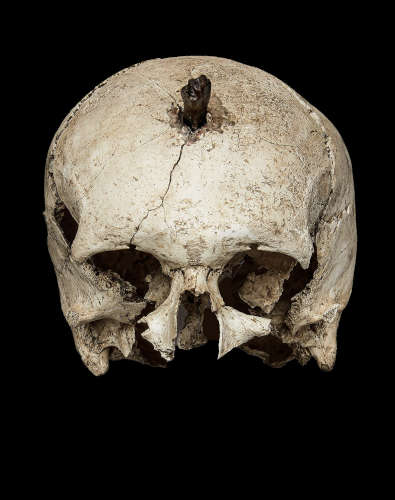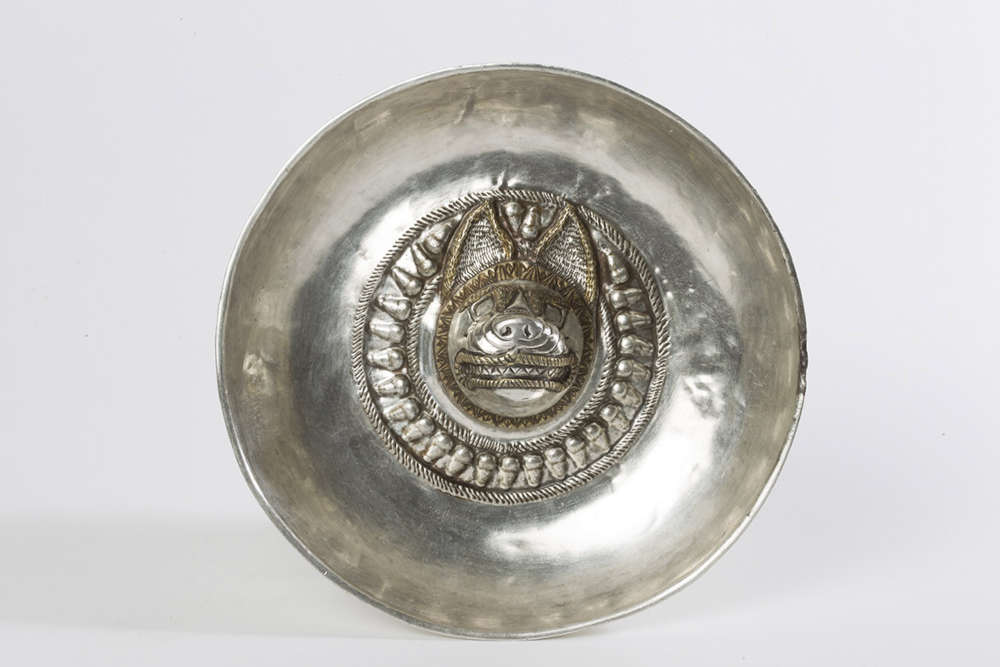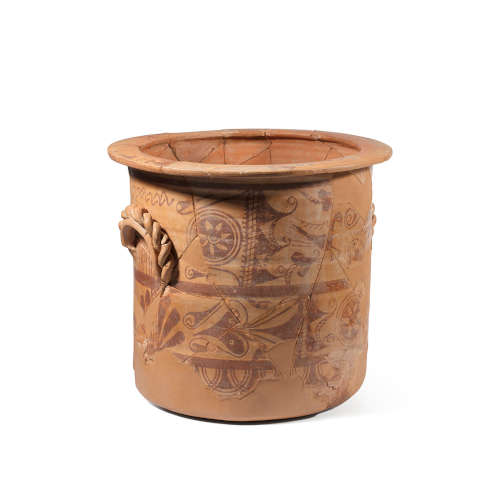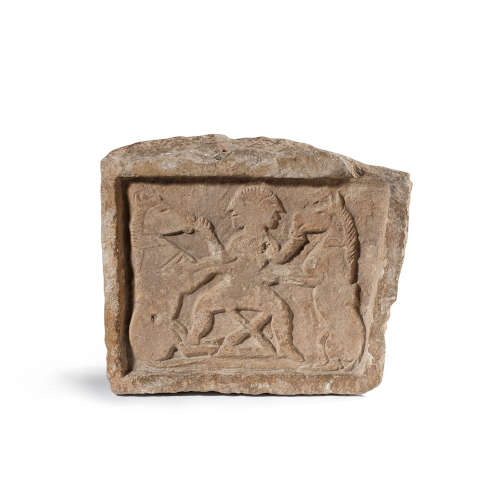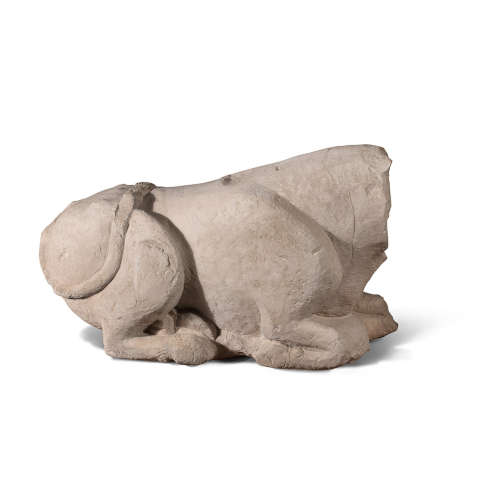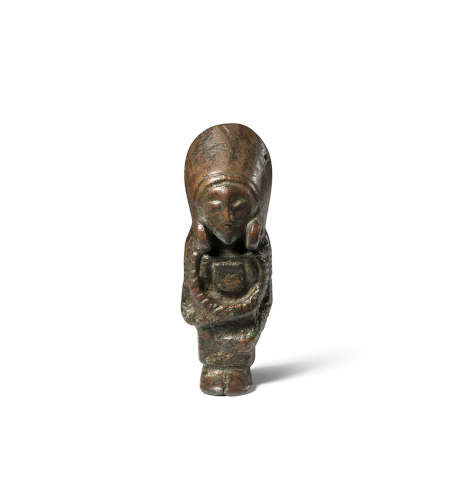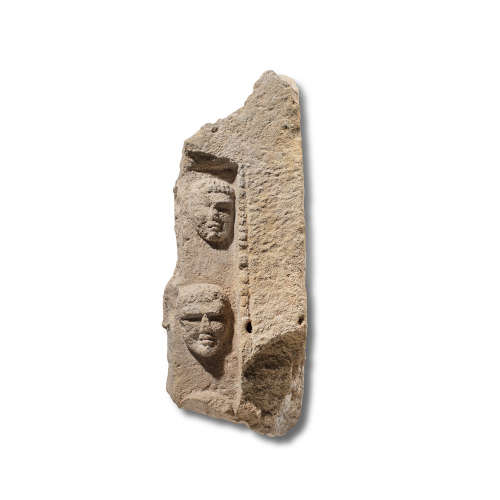Major Exhibition on the Iberians in Basel
For the first time ever, the Iberians will be the subject of a major archaeological exhibition in Switzerland. The Antikenmuseum Basel and Sammlung Ludwig, in cooperation with the Museu d’Arqueologia de Catalunya in Barcelona, will be presenting more than 260 exhibits from 40 archaeological excavation sites that illustrate the diversity and beauty of these significant groups of peoples who lived along the eastern part of the Iberian Peninsula during the Iron Age. The exhibition opened on November 19, 2023 and can be seen until May 26, 2024.
Content
The exhibition, which is based on one of the most important collections of Iberian culture at Catalonia’s archaeological museum – the Museu d’Arqueologia de Catalunya (MAC) – offers a fascinating insight into the history of the Iberian peoples. The Iberian culture began to develop in the 6th century BC. The era of the Iberians came to an end around 500 years later when the entire Iberian Peninsula was conquered by the Romans. The Iberians achieved a high level of social development, which makes them part of the group of the most important cultures that existed during the Iron Age.
The Iberian peoples lived on the southern coast of Andalusia from the Atlantic Ocean to the Mediterranean Sea, as well as across the entire eastern coast of what is now Spain, also extending as far as Languedoc in what is now southern France. Spectacular finds, as well as simple everyday items, reveal the existence of an agrarian society that included an upper class with transregional connections. The Iberian culture developed from the combination of local traditions and foreign influences from the Orient and Greece. This culture was characterized by highly developed production techniques, for example gold and silversmithing methods, as well as a distinct spoken and written language, a complex system of gods and worshipping practices, and elaborate public and private rituals.
Iberian Studies – Then and Now
The Iberian civilization was mentioned by ancient Greek and Roman scholars. It was then forgotten for a very long time until scholars in the 17th century began studying the Iberian language. Archaeological finds discovered at the end of the 19th century then attracted the attention of a broader public. Iberian studies have become highly interdisciplinary over the last few years. Archaeological excavations and historical, linguistic and paleogenetic studies have helped make it possible for us today to gain a more precise understanding of this Iron Age culture, even though many things still remain a mystery to us. The special exhibition is based on the latest knowledge obtained from such studies of the Iberians.
Rich in Metals
The areas in which the Iberians lived were rich in raw materials such as copper, iron, gold and silver – all of which humans had been extracting and processing since the beginning of the 3rd millennium BC. Intricate decorative objects such as jewelry and ornate receptacles demonstrate the extensive metalworking skills that were characteristic of the Iberian culture. Drawn to the region by the plentiful metals, the Phoenicians, and later the Greeks, established trading settlements in the areas populated by the Iberians. Their contact with the latter was not limited to the purchase and sale of goods, however, as a cultural exchange also took place.
Mysterious Inscriptions
The first written evidence of the Iberian language dates back to the 5th century BC. The most important source of information for the study of this language are the more than 2,500 inscriptions that have been found on various objects such as tableware, amphorae, lead tablets and bronze and silver coins. A selection of these artefacts is on display in the exhibition. It is possible to transcribe Iberian inscriptions, as the Iberian characters can be assigned to Roman alphabet counterparts. However, scholars have been unable to translate the inscriptions, which means we are still not able to understand the Iberian language.
Cryptic Sculptures
Iberian sculptures are quite puzzling to researchers. The most famous sculpture is the “Lady of Elche”, a high-quality replica of which can be seen in the exhibition. This sculpture is one of the most impressive sculpted works produced by the Iberian culture. The valuable original never leaves Spain; it remains permanently in the Museo Arqueológico Nacional de España in Madrid. The sculpture has been the subject of many questions – for example is the mysterious lady a mortal, a mythological figure or a goddess? What is the meaning of her striking head ornament? And why does she continue to fascinate and captivate people today?
Severed Heads
Iberians in the north-eastern part of the Iberian Peninsula mounted the severed heads of vanquished enemies on their house facades or defensive walls as trophies of war. Examinations conducted on these extraordinary bone remains provide valuable information on the Iberians and their customs. In addition, forensic examinations of the remains have made it possible to virtually reconstruct the face of an Iberian.
Immersive Exhibition With Audio-Visual Elements
The history of the Iberians from their beginnings to their disappearance is presented using original archaeological finds, charts, illustrations and maps. Digital productions such as the reconstruction of the Iberian city of Ullastret bring the golden age of the Iberians to life. The scenography utilized is based on the Iberian landscape and includes everything from the coastal regions where merchant vessels docked to the impressive features of a typical Iberian village.
Accompanying Catalogue
A catalogue containing more detailed information and articles by renowned scholars has been published to accompany the exhibition (soft cover, 124 pages, with approx. 50 colour images). The catalogue, which is available at the museum ticket desk, is included in the price of admission. It was printed with support from the Berta Hess-Cohn Foundation.
Tour for Families With Children
The exhibition also features an exciting tour for younger visitors in which an Iberian wolf accompanies them and their families through the exhibition with a question-and-answer game and provides them with interesting information about the life of the Iberians 2,500 years ago. The fold-out map and a wolf’s mask are available at the museum ticket desk and are included in the price of admission.
Accompanying Program
A varied program has been put together to accompany the special exhibition. Along with traditional guided tours in multiple languages, there is also a series of events known as “Culture Meets Cuisine” in cooperation with Bistro AMB. The accompanying program is rounded out by an “Iberian” workshop for children and presentations organized in cooperation with the Volkshochschule beider Basel (VHSBB) adult education center.







